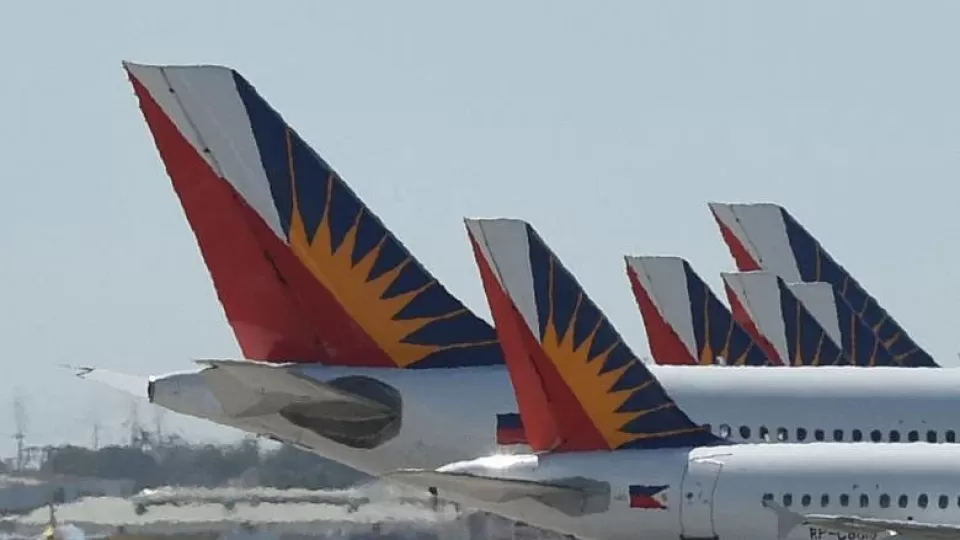February 23, 2023
MANILA – Sen. Grace Poe is correct in her assessment that the costly and embarrassing New Year’s Day shutdown of the country’s airspace to commercial aviation—which inconvenienced at least 65,000 passengers and caused losses among airlines estimated at P100 million, no thanks to the cancellation of over 600 flights on one of the busiest travel days of the holiday season—was a crisis many years in the making.
Wrapping up the probe on the Jan. 1 aviation fiasco, the chair of the Senate’s committee on public services noted that the poor state of the Air Traffic Management Center of the Civil Aviation Authority of the Philippines (Caap) reflected, among others, the “incompetence” of airport officials from several administrations.
And just like any airplane mishap, the crisis was precipitated by many contributory factors rather than just a single incident.
In fact, Poe noted that the system that failed did not receive the proper maintenance for at least three years leading up to the New Year’s Day shutdown of the country’s airspace.
“This started from several administrations. The fact that they were allowed to operate without having proper maintenance in the last three years is itself a violation, is incompetence or negligence on the part of the management of Caap itself and not just individuals,” Poe said in a press conference. More alarmingly, without the proper interventions, she pointed out that it is impossible to guarantee that the incident would not be repeated—a dire warning for a sector of transportation that, more than any other, relies heavily on systems and personnel working as they should to ensure the safety of thousands of travelers.
To say that this situation calls for an urgent solution is an understatement.
And the solutions are not hard to guess. The government must allocate more funds for our aviation regulators to procure the most modern equipment available on the market, and must allocate the resources needed to maintain them regularly. At the same time, funds must also be allocated for the hiring of the required number of competent personnel to operate these machines, and for these staffers to be trained and retrained regularly to ensure that their skills are up to par with world standards.
Local regulators must avoid falling prey to that notorious Filipino mindset of “puwede na”—that something “good enough” is acceptable—and ensure that there are multiple redundancies in place to ensure uninterrupted operations and the elimination of safety gaps where critical transportation infrastructure is concerned, especially in aviation where the most innocuous of errors or oversights can cost many human lives.
While they’re at it, the Marcos Jr. administration can do the country a big favor by fast-tracking the approvals process for the building of new, more modern transportation systems, be they new airports to make passenger travel more convenient, new seaports to make the shipping of goods cheaper, new highways to make land travel faster, or mass transit systems to ease the daily commute burden of millions of Filipinos.
This is one area where President Marcos Jr. can spend some of the big reserves of political capital he holds, to clear up bottlenecks in the public-private partnership scheme that his administration is espousing as the main tool for ensuring the country’s economic growth.
Approvals for projects in the transportation infrastructure sector should be sped up, obstructions to their implementation removed, and disputes among feuding private sector partners—especially among feuding business groups—should be resolved equitably and expeditiously.
Having promised voters a better future during last year’s presidential campaign period, Mr. Marcos now has a golden opportunity to make the next few years a true period of growth for the country, especially in terms of rebuilding its sorry state of transportation infrastructure.
It is not impossible. It is doable, especially with the private sector eager to earn decent returns on the projects by lending their capital and expertise to the government.
The Senate probe has succeeded in determining the root causes of the problem. That is a good thing because people need to be accountable for their actions or lack of them, regardless of whether these were committed last Jan. 1 or many years ago under a different administration. And they need to be made accountable.
But now it is time to take proactive moves to ensure that the country benefits from that bad experience by learning the lessons we learned from that terrible inconvenience and applying them to prevent a repeat.
For the sake of efficiency and for the sake of safety, radical changes must be made both in the prevailing systems and in the mindsets of the people tasked with ensuring the seamless operation of our transportation infrastructure.
Human lives—the lives of thousands of people—depend on it.


